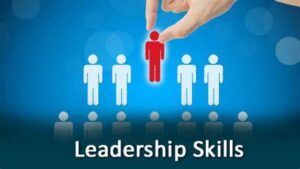
BY GWEN MORAN
Managers can help keep their best talent engaged and motivated with a few tips from neuroscience.
Regardless of the state of the labor market, organizations generally want to keep their high-performing employees. That means keeping them supported and engaged, so they’re motivated not only to stay, but to keep making their outsized contributions. Experts believe that we can learn a few things about managing rock-star employees from the world of neuroscience.
While it’s not realistic to expect managers—or even high performers, themselves—to become brain scientists, cribbing a few tips from this sector can help keep those lights on. Here are a few things that neuroscience tells us high performers need.
SAFETY
Threats come in different forms, and none of them are good for engagement or motivation, says HR expert Christy Pruitt-Haynes, a consultant at NeuroLeadership Institute, a global neuroscience-backed consultancy that works with Fortune 100 companies. When a threat is perceived, we shift cognitive resources to minimizing that threat, and tend to be less collaborative. “So, what managers really need to understand is how each of their team members are aligned to process threat and reward, so we can move them toward that reward state and away from that threat state,” she says.







